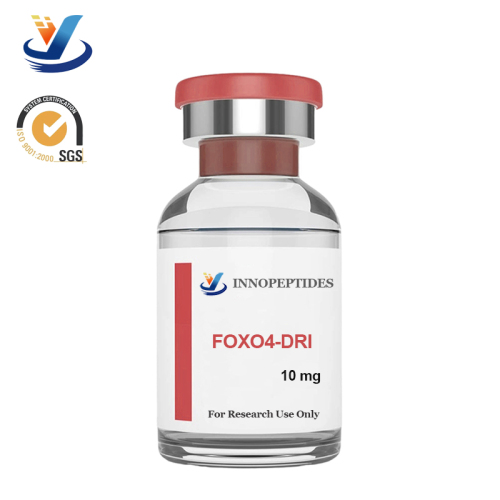Table of contents:
Understanding the Materials Used in the Safest Motorcycle Helmets
How Full Face Helmets Absorb Impact and Reduce Injury
The Role of Helmet Design in Motorcycle Safety
How Aerodynamics and Ventilation Enhance Full Face Helmet Safety
Understanding the Materials Used in the Safest Motorcycle Helmets
The materials used in manufacturing a full face helmet are foundational to its strength. High-quality thermoplastics, carbon fibers, and composite blends are commonly used in models like the MY Full Face Helmet FF939, which combine impact resistance and durability with lightweight comfort. Thermoplastics are praised for their ability to absorb impact effectively while maintaining cost-efficiency, while carbon fiber enhances strength without adding unnecessary weight. When layers of expanded polystyrene (EPS) material are added inside the helmet shell, the liner works as the final line of defense, dissipating the kinetic energy from a crash. High-performance materials like Coolmax in linings ensure moisture-wicking properties that keep riders cool and comfortable. Reliable helmets like these are often ECE R 22.06 and DOT-certified, rigorously tested standards that ensure both safety and functionality.
How Full Face Helmets Absorb Impact and Reduce Injury
Impact absorption is a key attribute of the safest motorcycle helmets. Modern helmets, such as the MY FF939, feature dual-layer EPS foams, each with different densities designed to protect different areas of the head. Advanced polycarbonate visors integrated with scratch-resistant and UV-blocking technologies not only protect the eyes but also reduce the force of objects or debris striking the helmet. When a rider experiences a crash, force is distributed across the helmet shell rather than being concentrated on one spot. This process, scientifically known as force deflection and dispersion, is engineered to reduce the risk of severe brain trauma. Full face helmets, compared to open face and modular helmets, offer better coverage over critical areas, including the chin and jaw, which are highly vulnerable during collisions.
The Role of Helmet Design in Motorcycle Safety
Design innovations in full face helmets have a direct influence on safety performance. Components like the quick-release chin straps and adjustable visors are configured not only for convenience but also for emergency scenarios where quick removal is essential. Ventilation systems with expertly placed air channels maintain airflow, preventing riders from overheating on long rides. The MY FF939 helmet features a streamlined, aerodynamic silhouette that also plays a role in minimizing wind resistance and noise. Safety considerations extend to maximizing visibility—for example, helmets with clear Anti-Fog PC material visors ensure uncompromised clarity during rain or foggy conditions. Additionally, simple yet robust retention systems hold the helmet in place, reducing the risk of it coming loose in an impact scenario. For the best results, these design considerations work synergistically to create helmets that blend form and function for riders across diverse terrains.
How Aerodynamics and Ventilation Enhance Full Face Helmet Safety
Aerodynamics and ventilation are often overlooked aspects of helmet safety, but they are critical for ensuring a comfortable and secure ride. The safest motorcycle helmets, including full-face models like the MY Full Face Helmet FF939, feature aerodynamic designs that minimize drag and turbulence. This reduces neck fatigue on long rides, enabling the rider to maintain better control of the motorcycle. Additionally, advanced ventilation systems are equipped with multiple well-placed vents that channel air through the helmet, preventing excessive heat buildup. These features aren't just for comfort; they actively enhance a rider's ability to focus, which indirectly supports safe riding practices. A cooler head translates to better judgment and reduced chances of distraction, making proper ventilation a vital aspect of helmet safety. Helmets with innovative designs, like the FF939, even allow the rider to benefit from vented airflow without sacrificing the shell's structural integrity.
Your helmet is more than just a legal requirement; it’s a life-saving piece of technology. When investing in the safest motorcycle helmet, understanding how materials, impact absorption, design, and aerodynamics work together ensures you make an informed purchase. For riders looking for comprehensive protection, full face helmets like the MY FF939 exemplify cutting-edge safety and performance, passing both ECE and DOT certifications with flying colors. Discover the latest innovations in full face helmets and explore models like the MY FF939 in our collection at www.my-helmets.com. When safety is non-negotiable, trust helmets designed with science at their core.


No comments:
Post a Comment